The Dinh River, which flows through La Gi town, Binh Thuan, especially the section from Tan Xuan (Ham Tan) to Da Dung dam, has a very beautiful appearance. During holidays, local people often choose this section of the river for picnics.
The river's characteristic beauty is the rocks, bamboo banks, shady trees, especially the patches of green grass growing in the dry season.
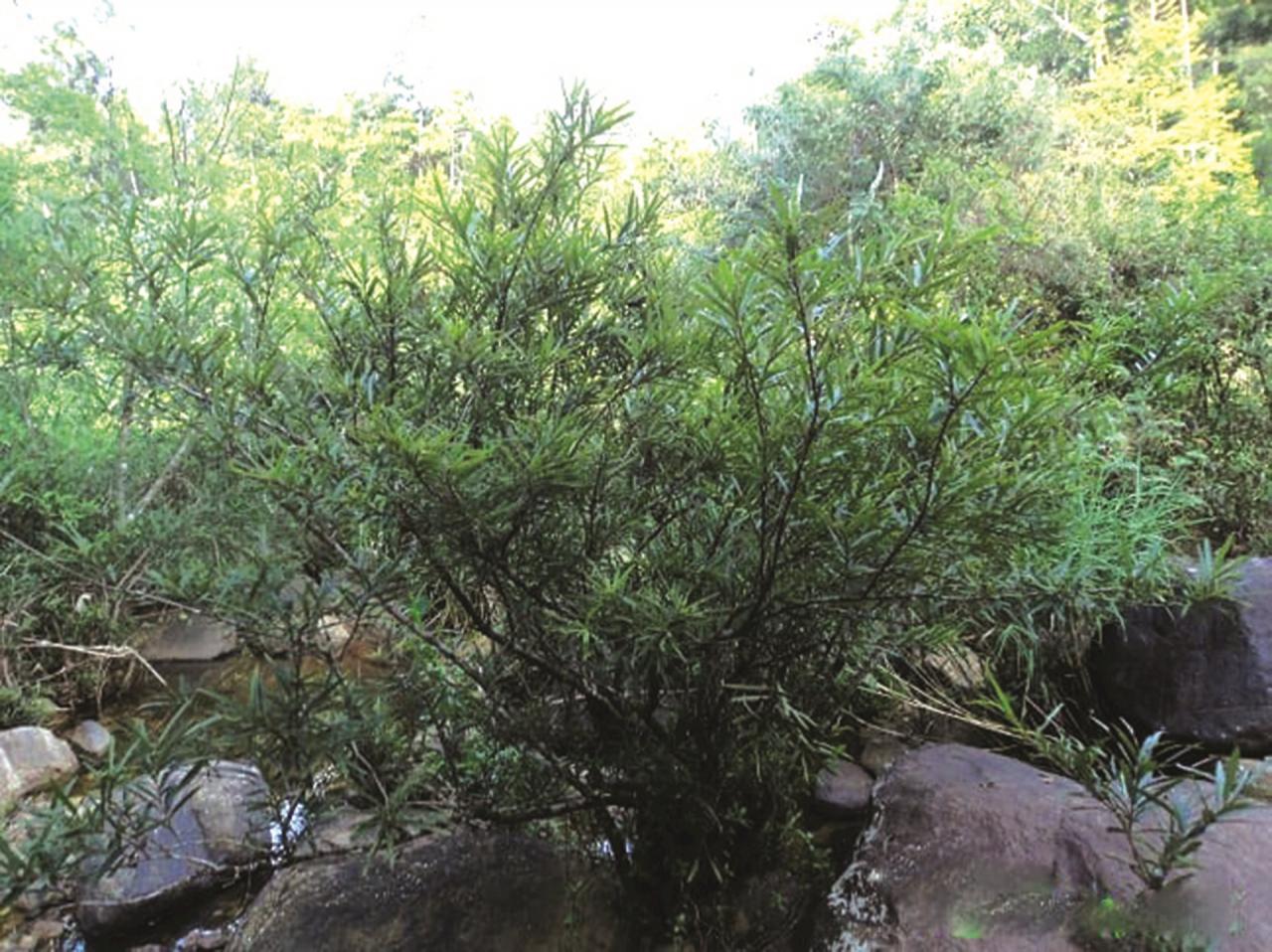
The rù rì has a very flexible trunk, long green leaves, grows in many rivers and streams, grows in clumps, grows on the ground and even in rock crevices. Many rù rì trees have large roots and beautiful shapes that are chosen by buyers as ornamental plants. In 2008, there was a time when Chinese people came to Vietnam to buy rù rì. A beautiful rù rì root can cost up to millions of dong.
The rù rì tree has extraordinary vitality. During the flood season, no matter how high the water is, the tree still clings to the rocks and endures. When the flood passes, the tree stands upright again. During the dry season, no matter how dry it is, the tree still sprouts and grows. The green color of the rù rì tree decorates the Dinh River, making the river cooler and more poetic. The Dinh River is a charming landscape of La Gi.
More than half of my life I have lived by the river, by the rhubarb bushes filled with memories. I keep thinking, why is the life of the rhubarb tree so similar to the life of the people in my homeland Vietnam? People who work hard all their lives, struggling in the midst of extremely harsh weather. Every year, I don't know how many natural disasters surround me. The dry season is hot, the sun burns the sky, burns the ground. The fields crack, the trees wither. The rainy season comes, storm after storm, flood after flood. People are like the rhubarb tree, having to cling deeply, wrap themselves tightly to the soil and rocks, and endure. When the storms subside and the floods recede, they rise up again, tie up their pain, and carry on cleaning up their homeland, "cleaning up" their lives.
In the Central region, in the North, just by looking at the wall, you can immediately know whether the flood was high or low that year. But there were also years when the flood water left no walls to leave traces, people had to raise the roof to live, then the moss and rubbish left on the beams, columns, and beams were evidence of the flood. Just like going to a river and seeing the rubbish swaying on the top of the river, you can immediately know that year the river was submerged in water.
And so year after year, generation after generation, people are like rustling trees, struggling in storms and floods to live and return green to life.
Source


![[Photo] The largest irrigation lake in Dak Lak province has dried up to the bottom](https://vstatic.vietnam.vn/vietnam/resource/IMAGE/2025/4/23/bb5966c58016425982ace64118378907)
![[Photo] Nhan Dan Newspaper introduces special information session and interactive exhibition to celebrate the 50th anniversary of the Liberation of the South and National Reunification Day](https://vstatic.vietnam.vn/vietnam/resource/IMAGE/2025/4/23/7c6ef4280e1545a69b460246888eea10)
![[Photo] Visitors are excited about the interactive exhibition organized by Nhan Dan Newspaper to celebrate the 50th anniversary of the Liberation of the South and National Reunification Day.](https://vstatic.vietnam.vn/vietnam/resource/IMAGE/2025/4/23/e00e0e8c0ba04820add26d1af056b697)
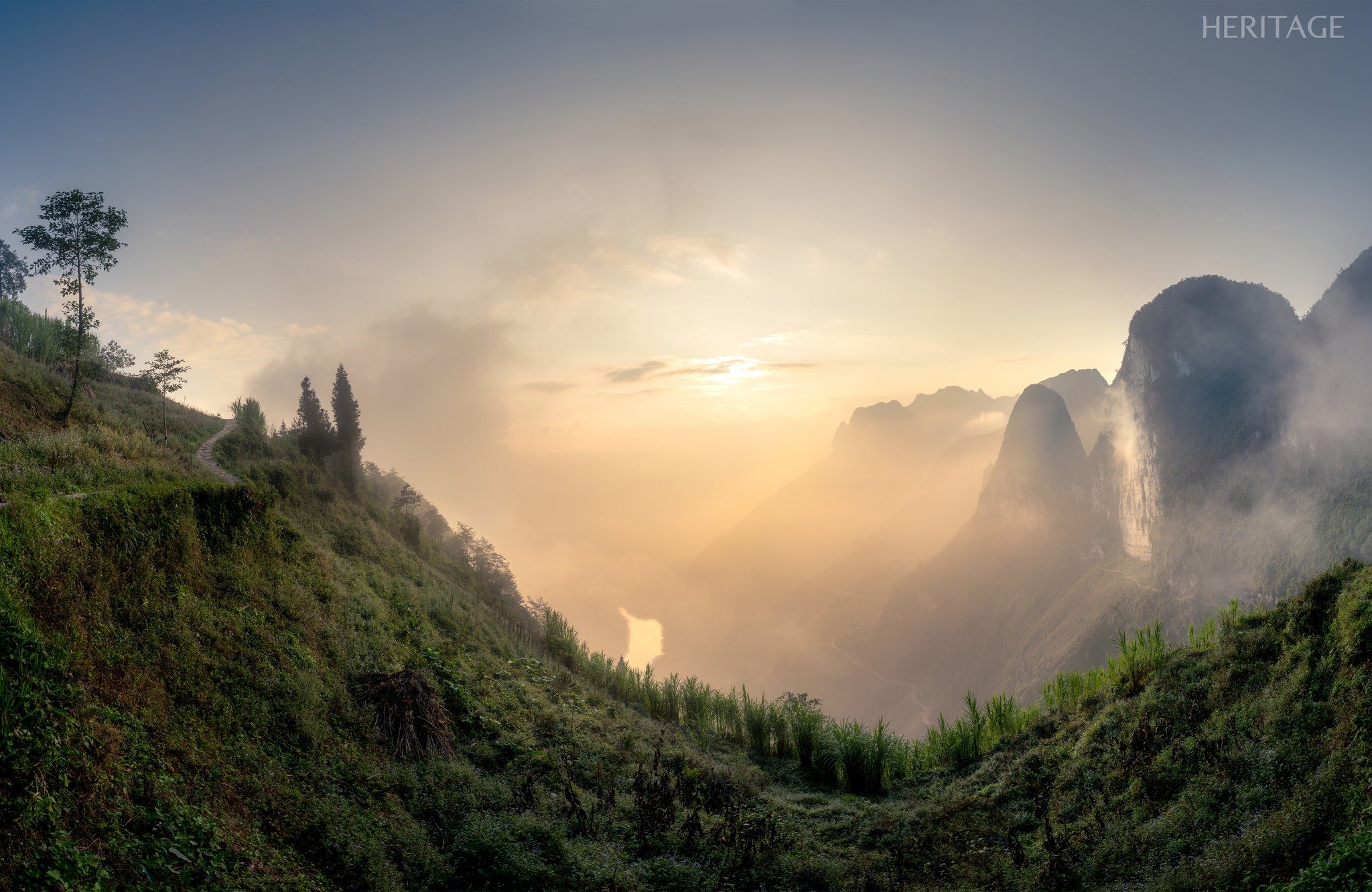
![[Photo] President Luong Cuong attends the International Conference with the theme "50 years of national reunification: The constructive role of Diplomacy in history and present"](https://vstatic.vietnam.vn/vietnam/resource/IMAGE/2025/4/23/679c155a5f3a46b5991d591f8ea1cb8f)










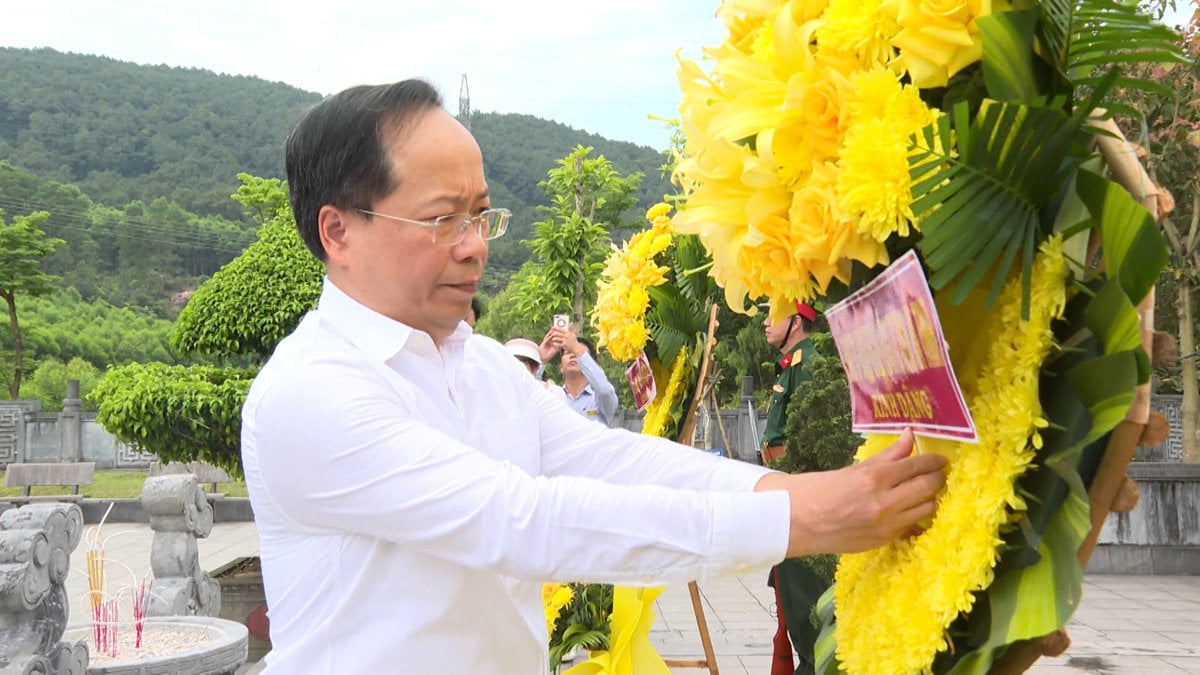


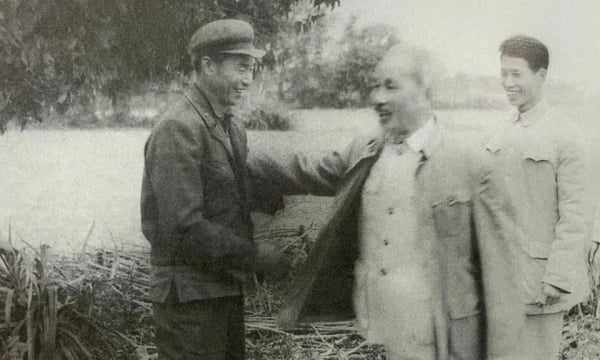


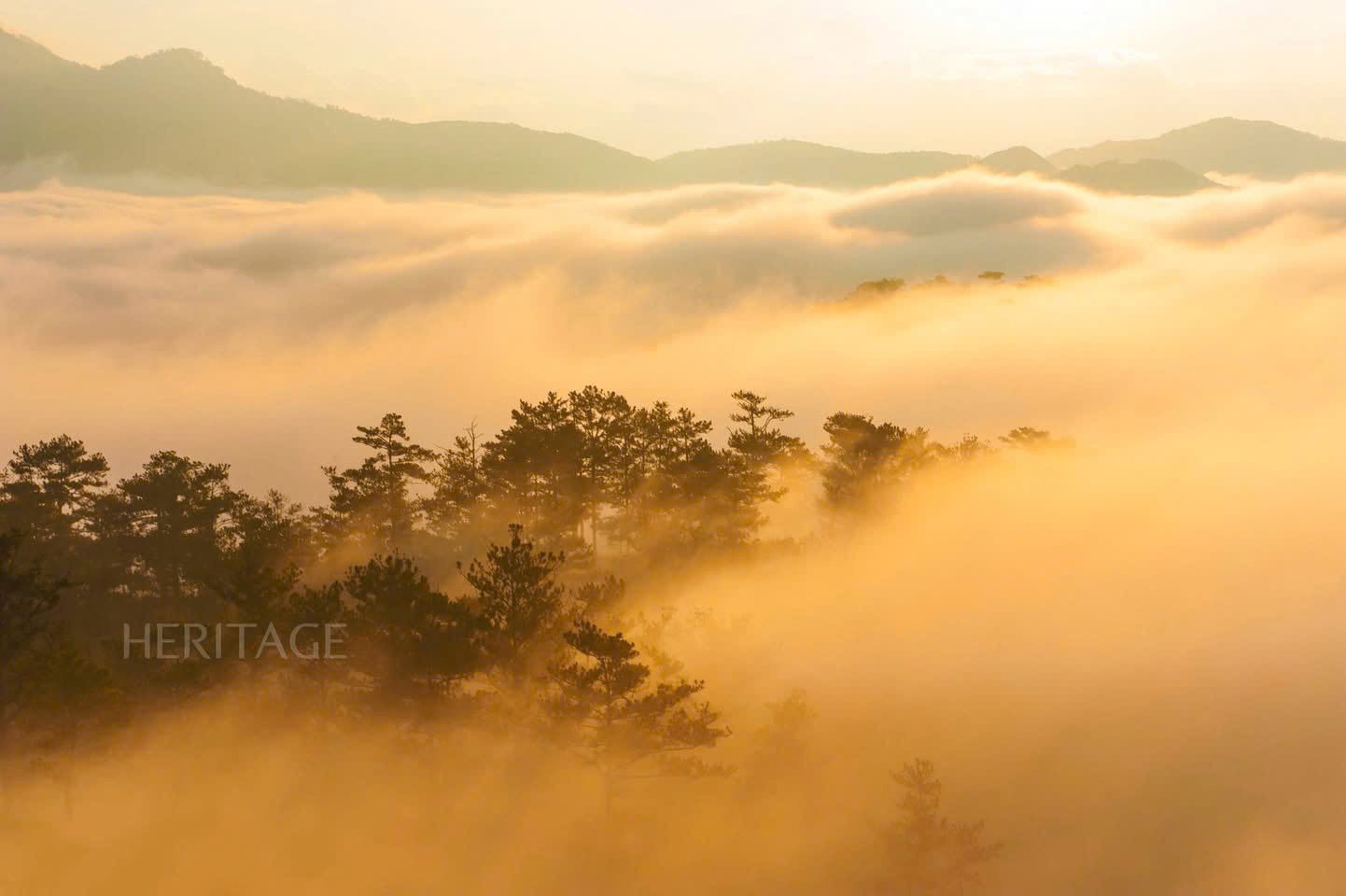
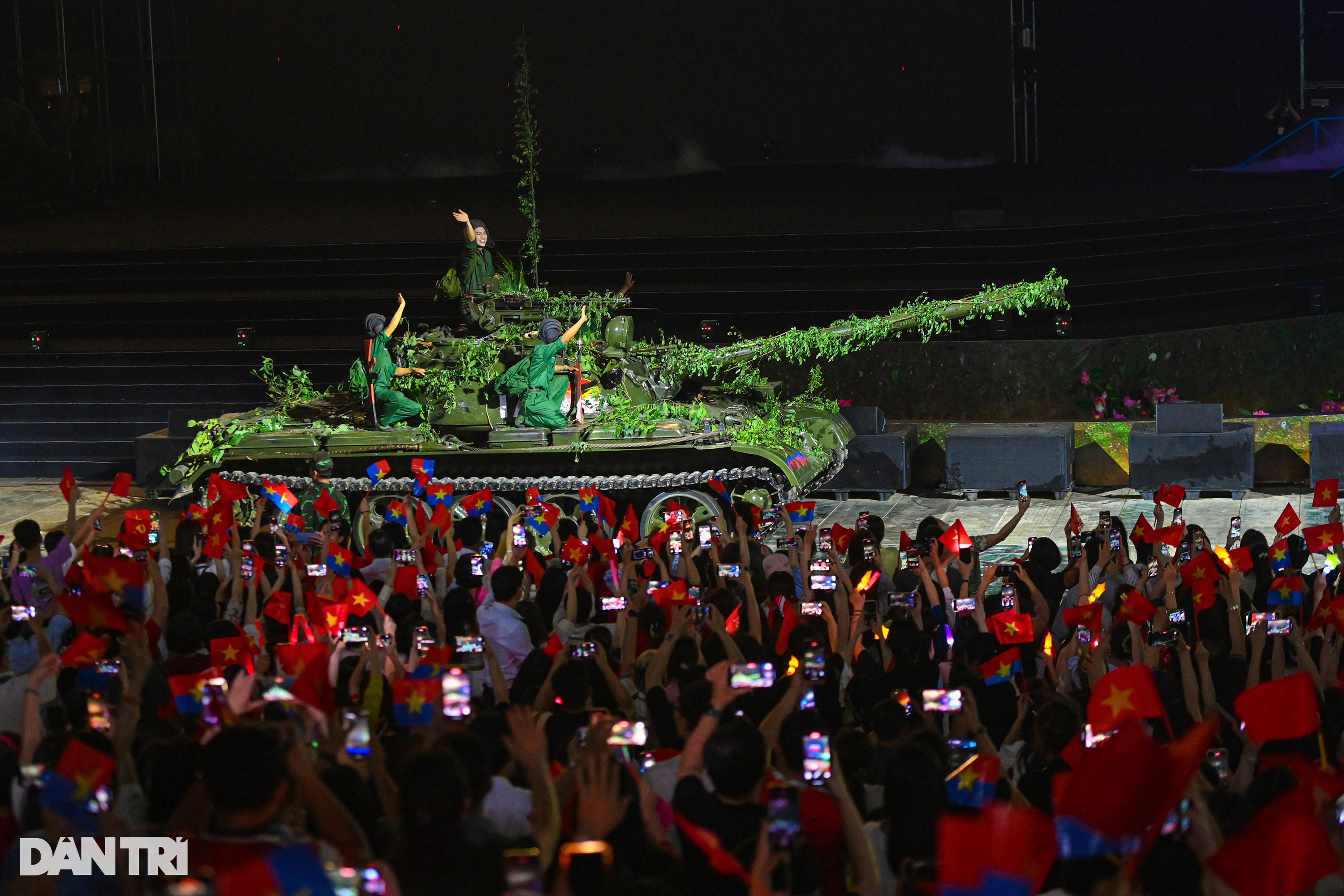




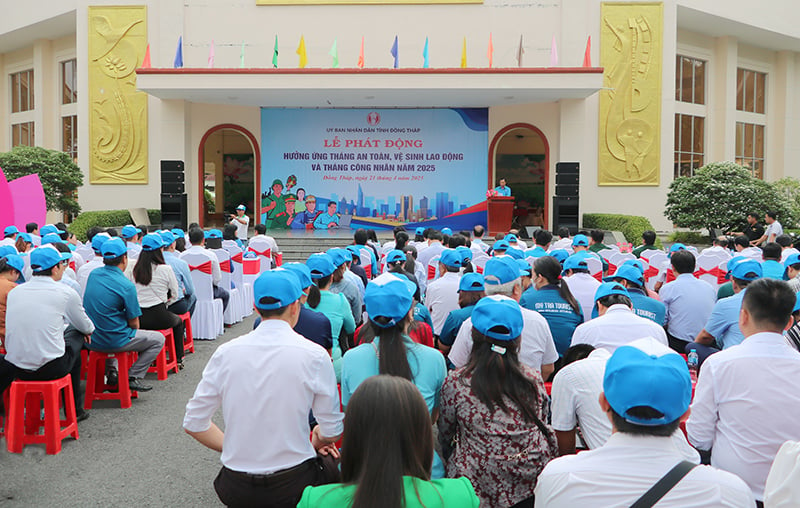
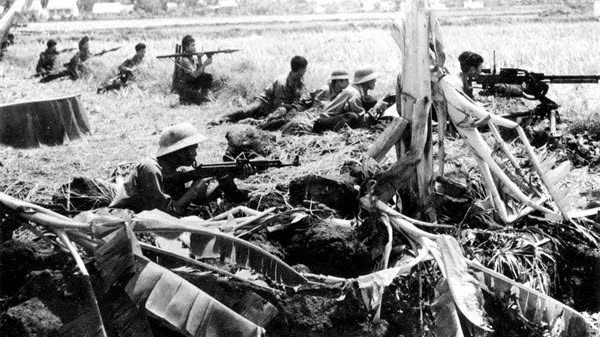

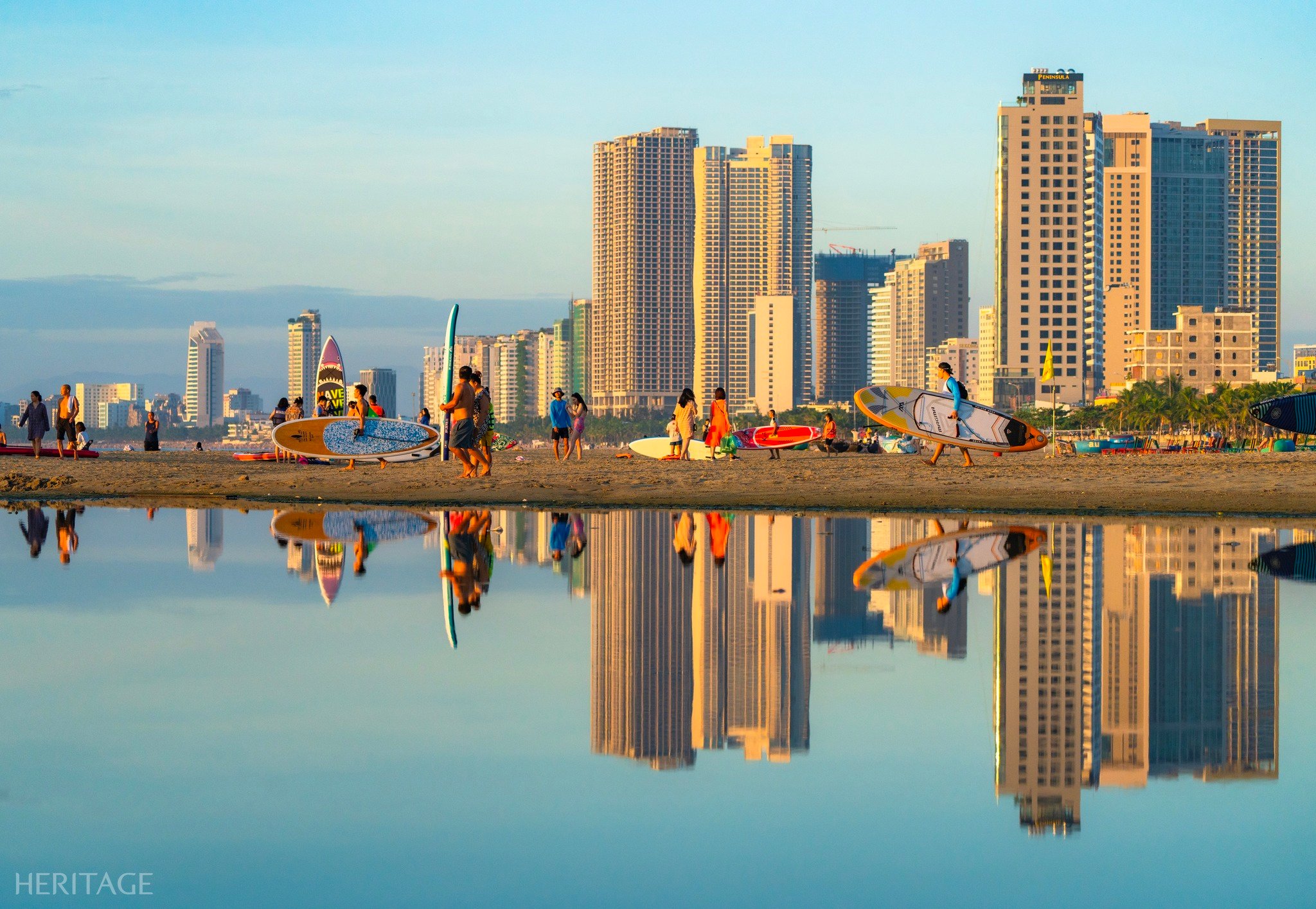
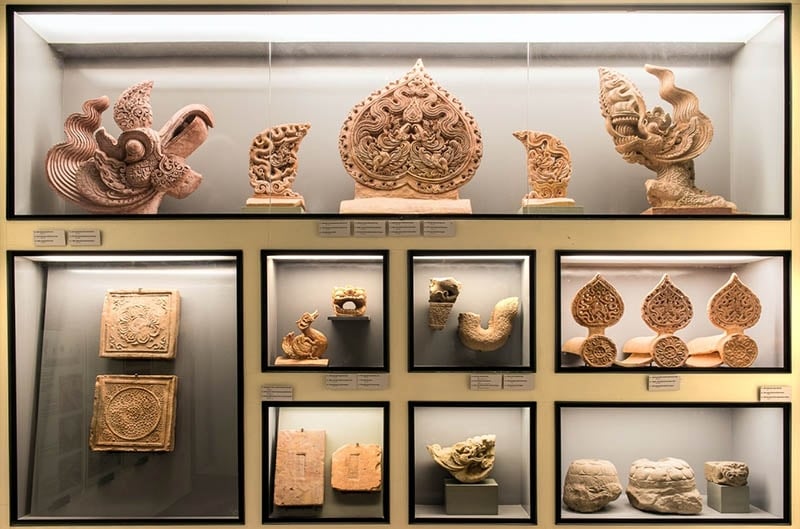




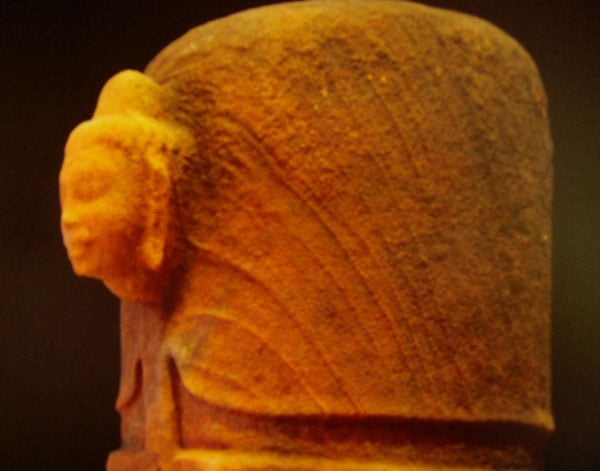

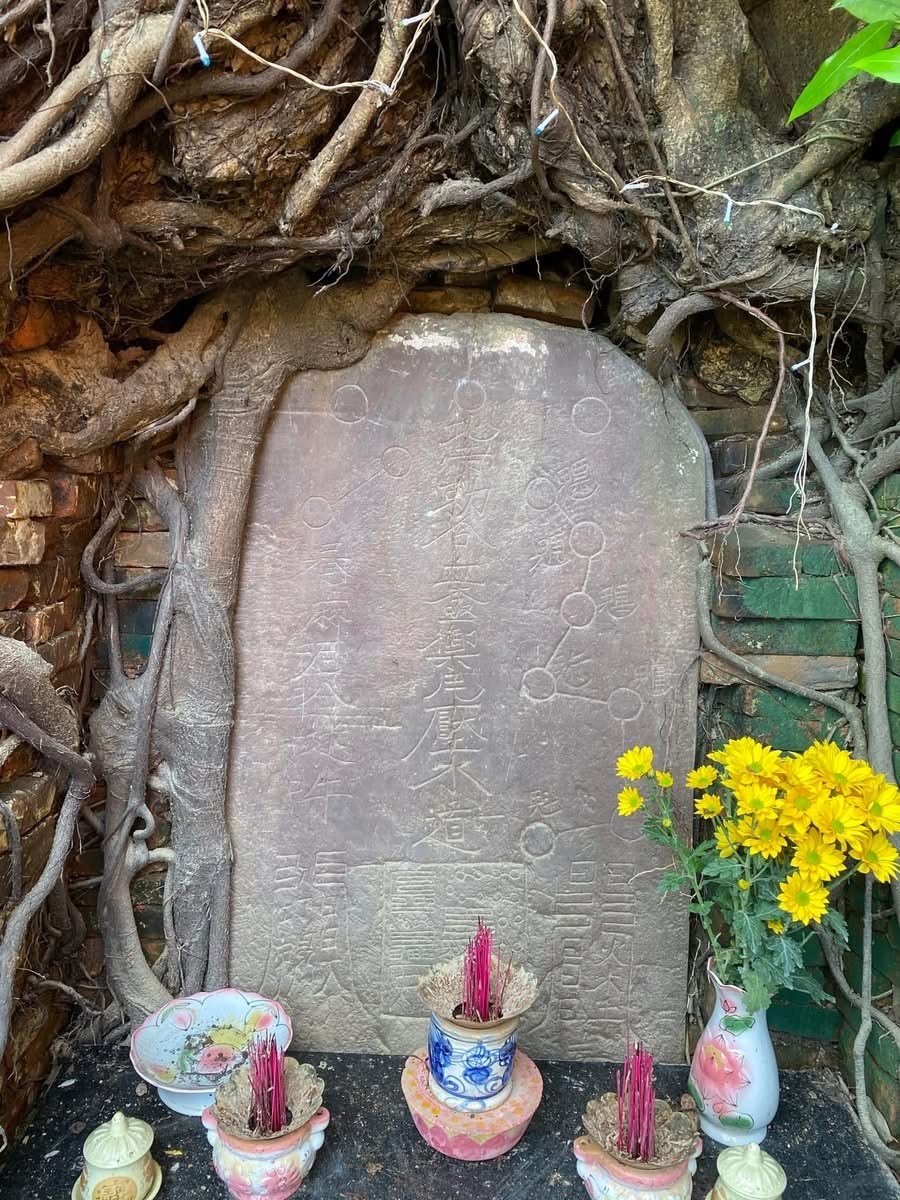





















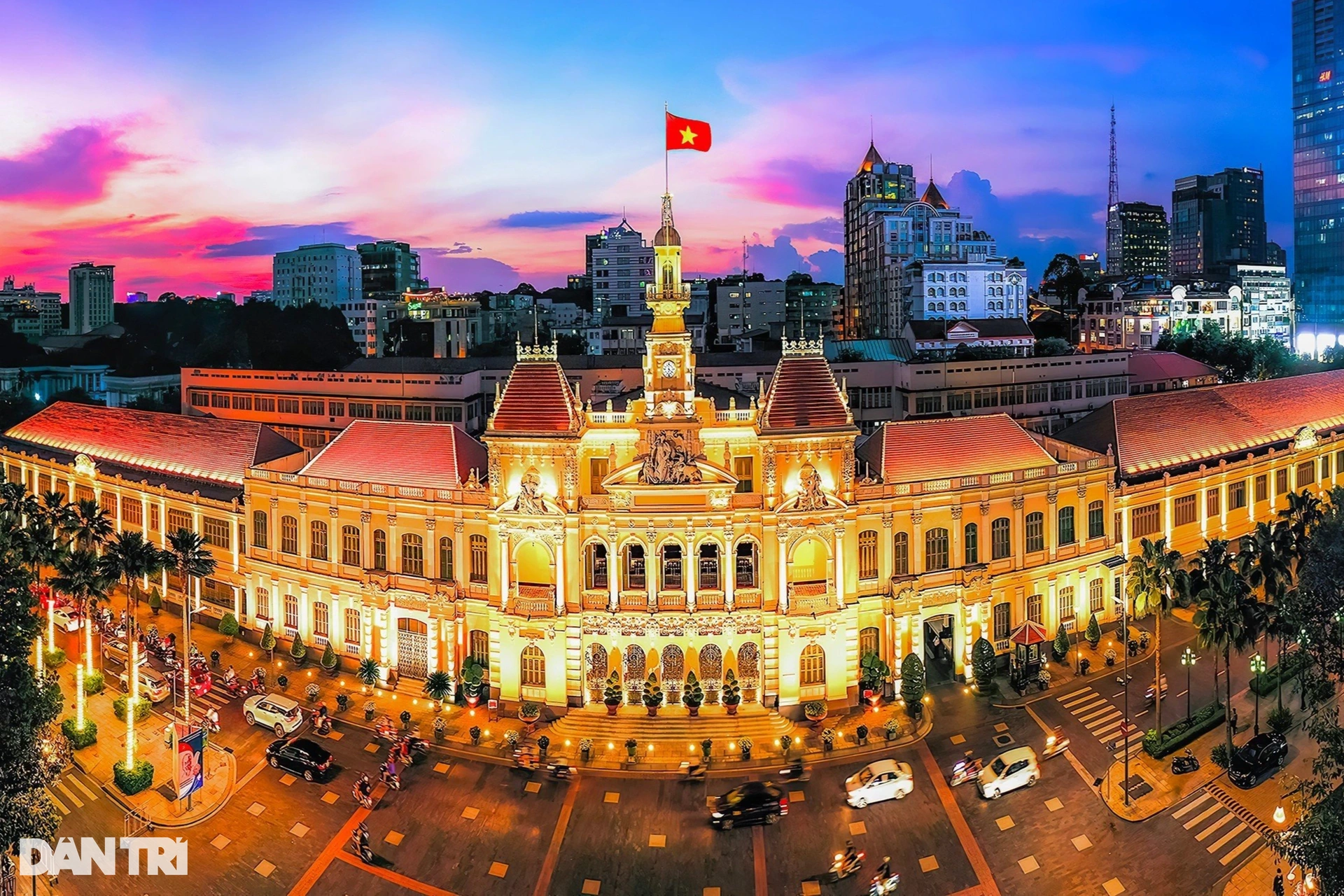









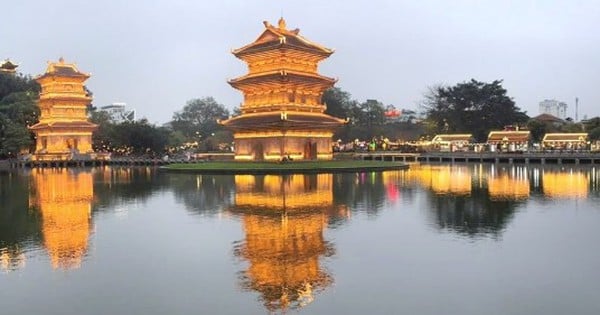




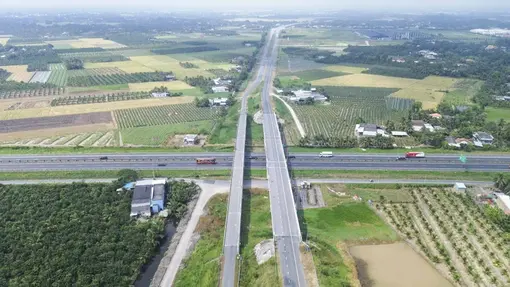







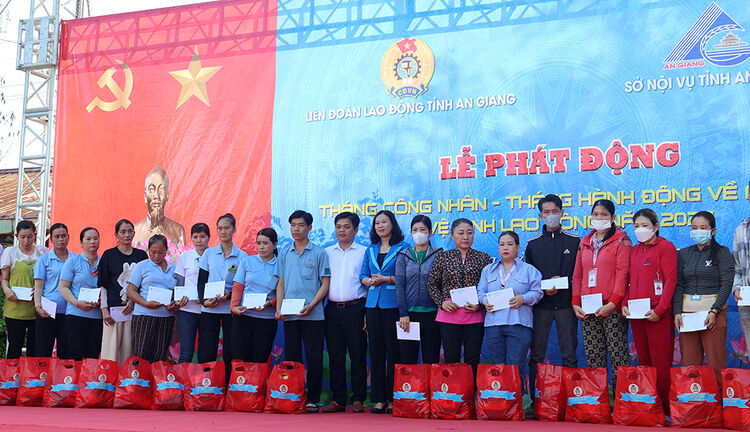



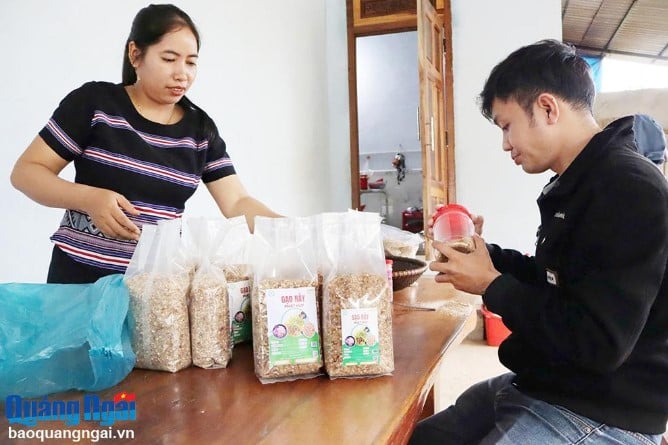






Comment (0)